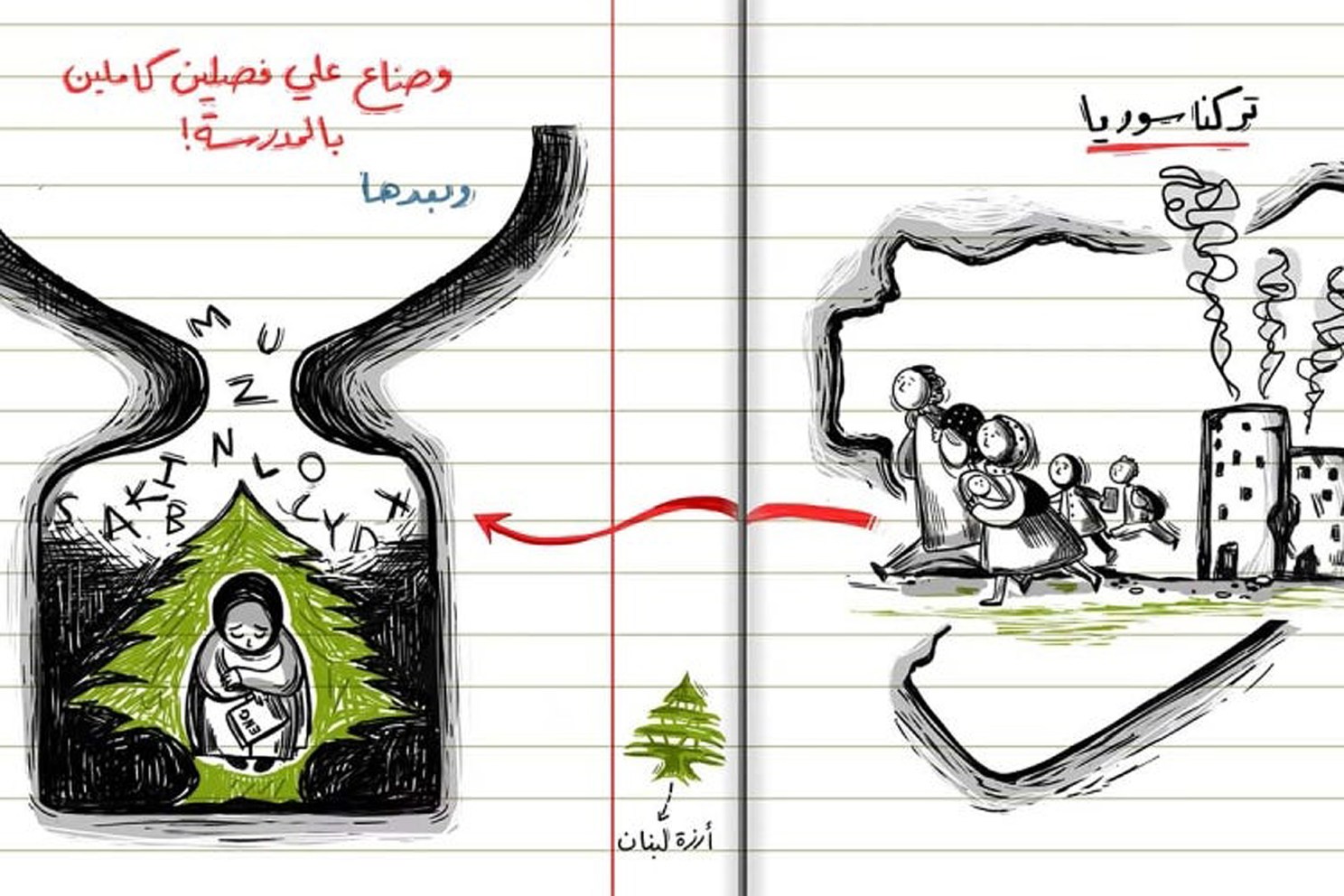Many young refugee students around the world share something in common: Their futures are often extremely uncertain. Conflicts that sent them and their families to live and learn in other locations are not over and done in a few months. On average, conflicts last between 10 and 20 years, leaving a return for refugee students to their countries of origin near impossible.
Yet, as the Refugee REACH initiative at the Harvard Graduate School of Education reports in their new collaborative research project, ReBuild, with the Peace Research Institute Oslo, refugee young people still choose to go to school while displaced “because they imagine that opportunities will follow.” They imagine passing end-of-year exams and going on to college or the next level of school. They imagine making new friends, feeling secure, and contributing to their communities — both to their conflict-affected home and to the place they call home for the moment.
Unfortunately, opportunities don’t always mesh with hopes for young refugees. “They are frequently unwelcome in their places of exile, experience constant fears that their refugee status will be taken away, and face severe limitations on access to higher education and the rights to work, own property, and be contributing members of society,” write the project’s research team, which includes HGSE Associate Professor Sarah Dryden-Peterson; social scientist and HGSE doctoral alumus Vidur Chopra of Teacher’s College; and Joumana Talhouk and Carmen Geha, both of the American University of Beirut.
They wondered, is there a way that education can narrow this gap between the opportunities refugee students imagine and those that are actually possible in their current settings? In an effort to learn from refugee young people about their experiences and their ideas on narrowing this gap, the team spent eight months observing displaced Syrian ninth-graders learning in schools in Lebanon and more than 100 hours interviewing them, along with teachers and their families.
What they learned is that there are ways that teachers can help narrow the gap.





